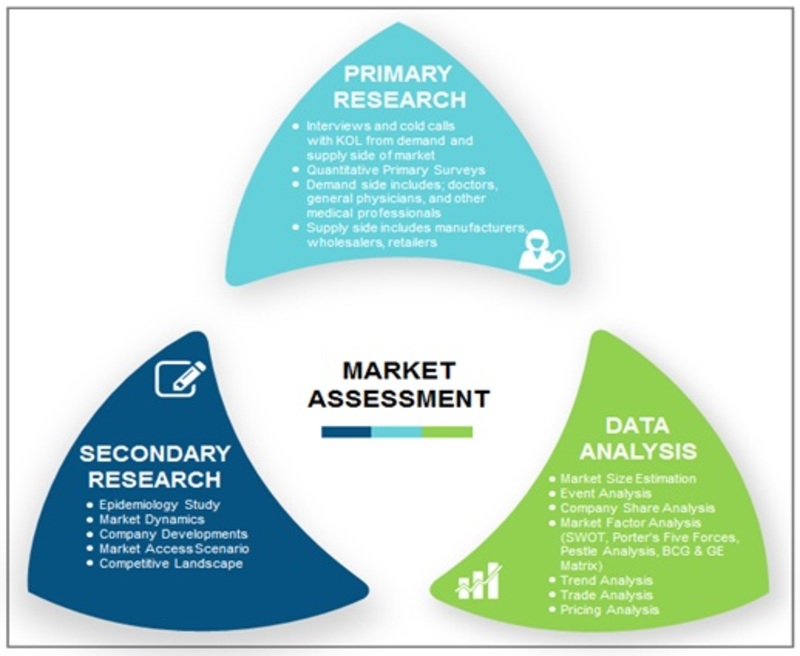What Are The Distinctions And Similarities Between SMILE Eye Surgery, LASIK, And PRK?
What Are The Distinctions And Similarities Between SMILE Eye Surgery, LASIK, And PRK?
Blog Article
Created By-Fischer Kerr
If you have actually been thinking about SMILE eye surgery, you might ask yourself exactly how it compares to LASIK and PRK. Each treatment has its own set of benefits and factors to consider. From quicker recuperation times to potential risks, there are vital differences you should understand before choosing. Recognizing these distinctions will assist you make an informed choice that straightens with your specific requirements and assumptions. Interested to know more regarding how these procedures compare in detail? Keep checking out to get a detailed understanding of SMILE, LASIK, and PRK.
SMILE Eye Surgical Treatment Overview
If you're thinking about SMILE eye surgical treatment, you'll locate it to be a minimally intrusive treatment with a fast healing time. During SMILE (Small Cut Lenticule Extraction), a laser is made use of to produce a tiny, exact incision in the cornea to get rid of a tiny piece of cells, reshaping it to fix your vision. This varies from LASIK, where a flap is produced, and PRK, where the outer layer of the cornea is completely gotten rid of.
Among the crucial benefits of SMILE is its minimally intrusive nature, causing a faster healing process and much less discomfort post-surgery. https://www.optometrytimes.com/view/epi-cross-linking-may-speed-visual-recovery for SMILE is fairly fast, with numerous individuals experiencing improved vision within a day or 2. find more makes it a popular option for those seeking a hassle-free and effective vision adjustment procedure. Additionally, SMILE has actually been shown to have a lower threat of dry eye syndrome compared to LASIK, making it a desirable alternative for people worried regarding this prospective side effect.
Distinctions In Between SMILE, LASIK, and PRK
When comparing SMILE, LASIK, and PRK eye surgeries, it's important to comprehend the distinctive strategies utilized in each procedure for vision adjustment.
SMILE (Small Laceration Lenticule Removal) is a minimally invasive treatment that includes developing a small cut to draw out a lenticule from the cornea, reshaping it to remedy vision.
LASIK (Laser-Assisted In Situ Keratomileusis) includes producing a thin flap on the cornea, making use of a laser to improve the underlying cells, and then rearranging the flap.
PRK (Photorefractive Keratectomy) eliminates the outer layer of the cornea before improving the tissue with a laser.
The major distinction hinges on the way the cornea is accessed and treated. SMILE is flapless, making it an excellent choice for people with thin corneas or those involved in contact sporting activities. LASIK uses quick visual recovery because of the flap production, however it may pose a higher threat of flap-related problems. PRK, although having a much longer recuperation period, stays clear of flap-related issues completely.
Recognizing these variances is essential in choosing one of the most appropriate treatment for your vision adjustment needs.
Advantages And Disadvantages Comparison
To review the advantages and downsides of SMILE, LASIK, and PRK eye surgical treatments, it's vital to take into consideration the particular benefits and possible limitations of each treatment. SMILE surgical procedure provides the benefit of a minimally intrusive procedure, with a smaller sized laceration and potentially quicker recuperation time compared to LASIK and PRK. It additionally lowers the threat of completely dry eye post-surgery, an usual negative effects of LASIK. Nonetheless, SMILE may have limitations in treating greater levels of nearsightedness or astigmatism contrasted to LASIK.
LASIK surgery provides quick visual healing and very little discomfort during the procedure. It's highly effective in treating a large range of refractive mistakes, consisting of myopia, hyperopia, and astigmatism. Yet, LASIK lugs a risk of flap difficulties, which can impact the corneal structure.
PRK eye surgical treatment, while not as preferred as LASIK, stays clear of developing a corneal flap, decreasing the danger of flap-related difficulties. It appropriates for individuals with slim corneas or uneven corneal surfaces. Nevertheless, PRK has a much longer recovery time and might involve extra discomfort during the healing process.
Conclusion
So, when it comes to selecting between SMILE, LASIK, and PRK, think about it like picking the ideal set of shoes. cataract surgery length is like a sleek, comfortable set of tennis shoes - quick and very easy.
LASIK is more like trendy high heels - fancy and quick, yet with some possible dangers.
PRK is like sturdy hiking boots - trustworthy and resilient, yet requiring a bit more effort and time.
Ultimately, the very best option relies on your specific requirements and choices.
